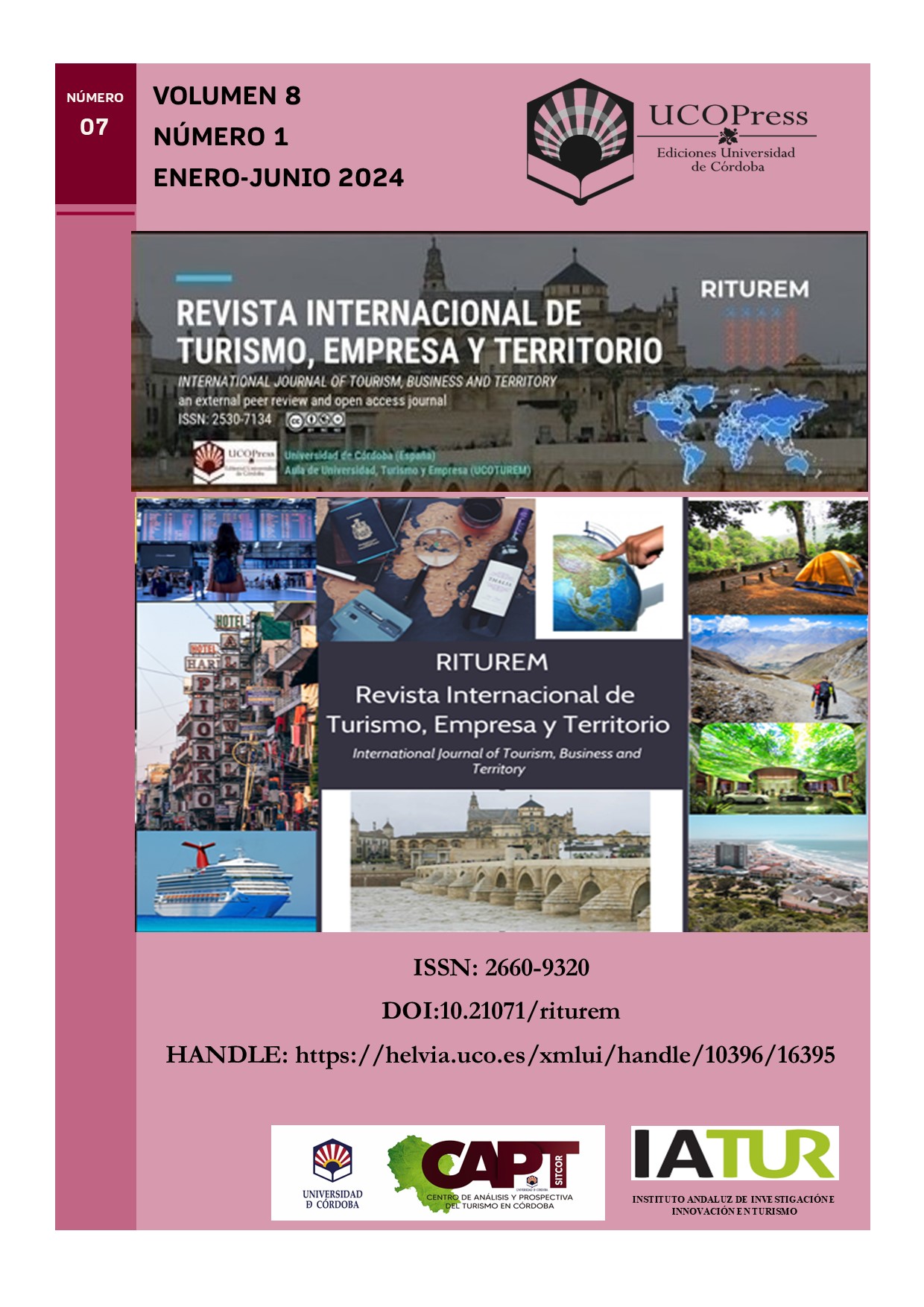Tourism Sustainability and Smart Tourist Destinations: a bibliometric analysis
Main Article Content
Abstract
Tourism as a sector depends largely on the natural resources provided by the destinations, hence the commitment to the development of more sustainable tourism products. Meanwhile, Smart Tourist Destinations are being positioned as new management models to face technological advances and a computerized client. The objective of this research is to analyze the scientific production on Tourism Sustainability and Smart Tourism Destinations indexed in the Scopus database and to identify trends, gaps and future lines of research. For this purpose, the bibliometric study method was used and the Biblioshiny® and VOSviewer® software were used. A total of 71 research studies were obtained, including 42 review articles that analyze productivity indicators by year, authors, countries, journals and keywords. As a result, a progressive increase in the number of researches with a high dispersion in scientific production was obtained. The theoretical and managerial applications of the results obtained are presented as conclusions.
Keywords: Smart tourism destinations, bibliometric study, Scopus, sustainability.
Downloads
Article Details
Copyright Notices Proposed by Creative Commons
Proposed policy for journals offering deferred open access
Those authors who have publications with this journal, accept the following terms:
1. The authors will retain their copyright and guarantee to the journal the right of first publication of their work, which will be simultaneously subject to the Creative Commons Recognition License CC BY-NC 4.0 (Creative Commons — Attribution-NonCommercial 4.0 International — CC BY-NC 4.0 ) hird parties to share the work provided that its author and its first publication is indicated this journal and no commercial use is made.
2. Authors may adopt other non-exclusive licensing agreements for the distribution of the published version of the work (e.g., deposit it in an institutional telematics file or publish it in a monographic volume) provided that the initial publication is indicated in this journal.
3. Authors are allowed and recommended to disseminate their work over the Internet (e.g. in institutional telematics files or on their website) before and during the submission process, which can produce interesting exchanges and increase citations of the published work. (See The effect of open access: http://opcit.eprints.org/oacitation-biblio.html.
